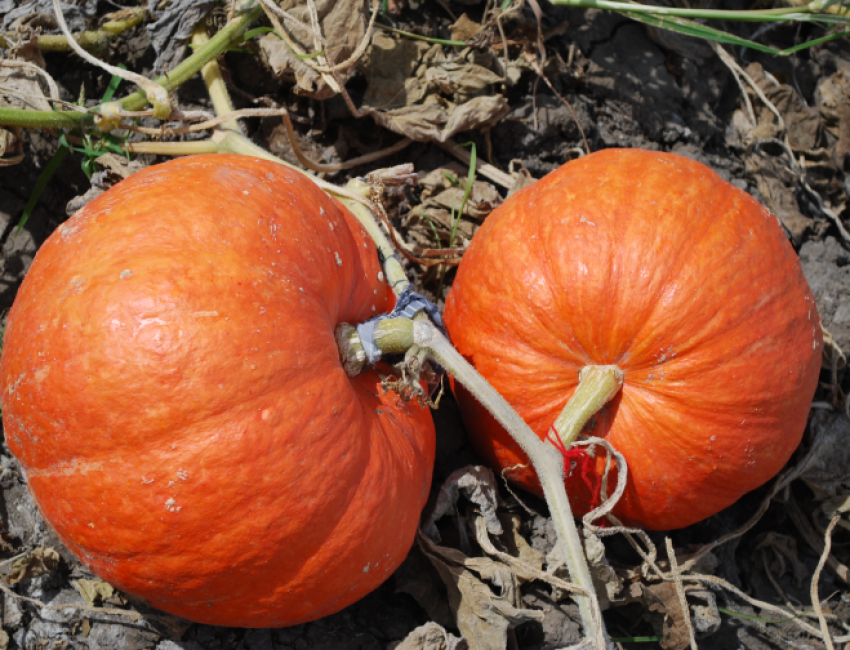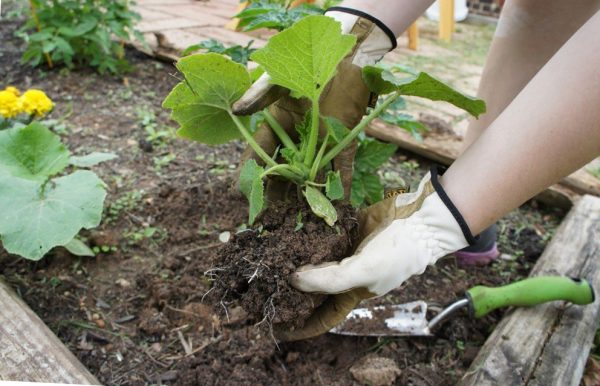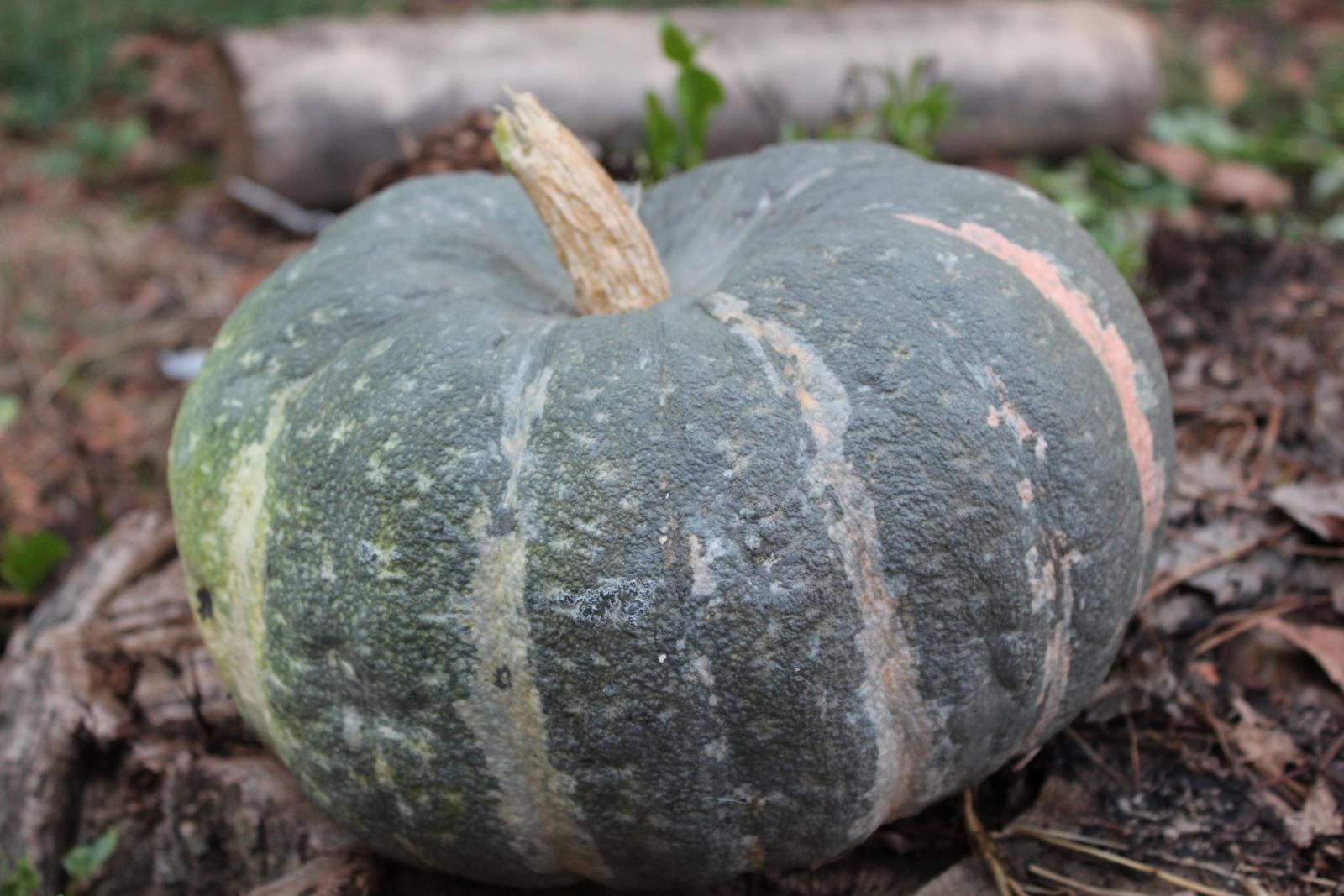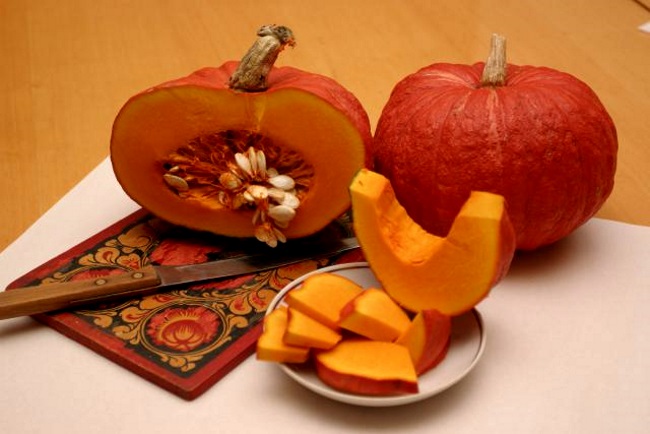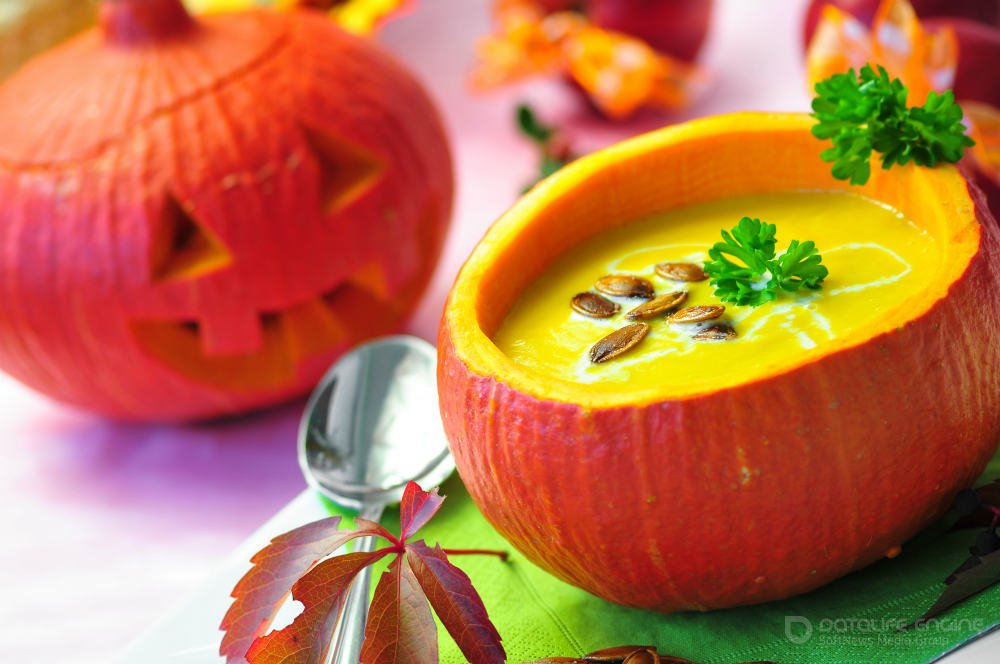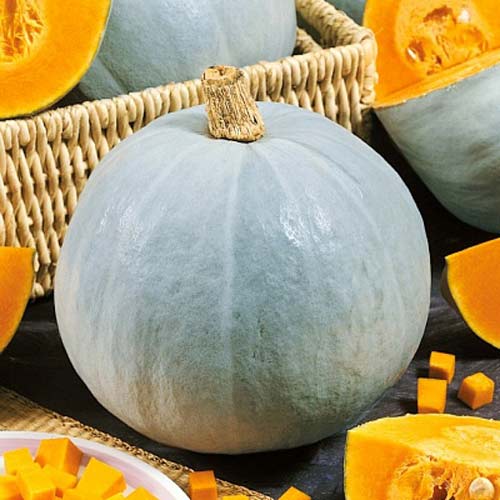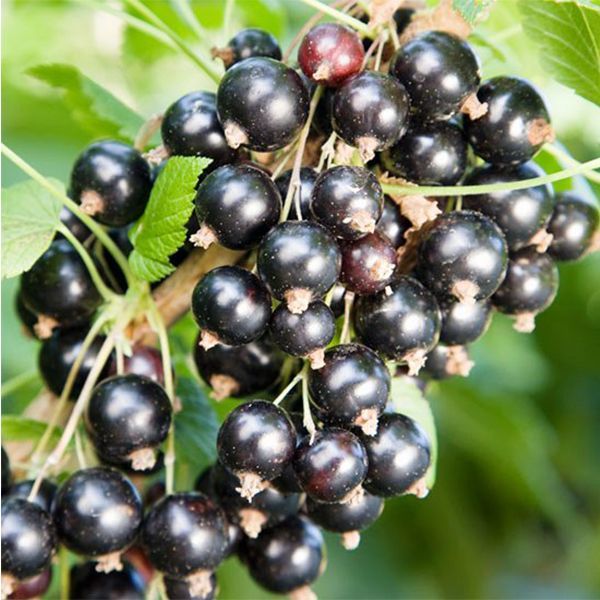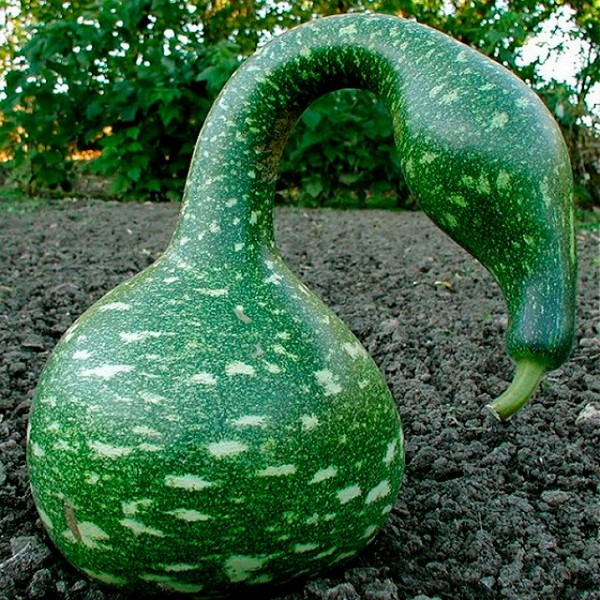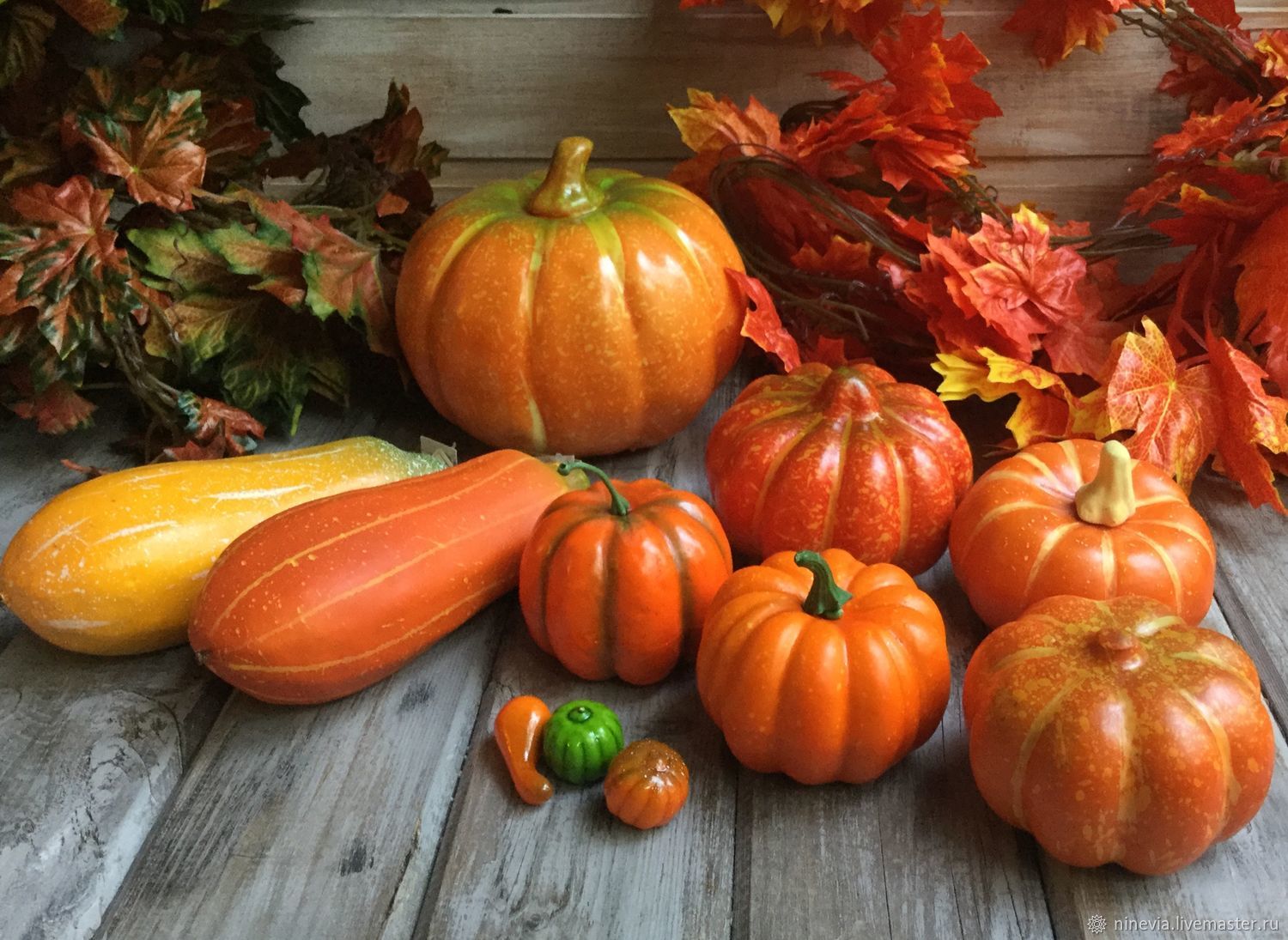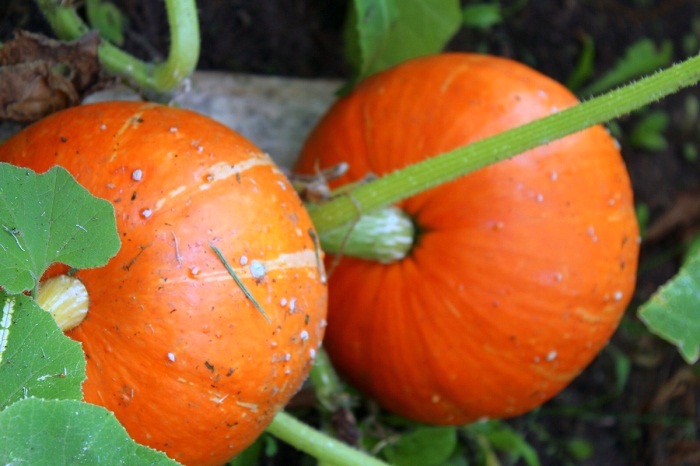Today, there are more than 700 pumpkin varieties, but only 35 are considered sugar species, not very suitable for growing in a home garden. Knowing which pumpkin varieties will be the sweetest and how to grow them, you can stock up on vitamins for a whole year in advance.
Pumpkin bun: variety description
Refers to early ripening high-yielding varieties. Vegetables are able to maintain their taste and presentation for 90 days after harvest. Seed material is ideal for planting outdoors or for growing seedlings.
You can start harvesting 85 days after planting the plant. This culture has short lashes up to 1 meter, on which more than 6 fruits are formed. The leaves are large and dark green in color.
Pumpkins gain a mass of about 1.5 kg and have the shape of a flat circle. The peel is orange with white stripes. The pulp has a juicy and sweet taste, which is why the bun is used in baby and diet food. The harvest is used to make porridge, puree, soup or juice. Also pumpkin is used for freezing.
Seed material can be planted in the last days of May, when the soil warms up to +10 - +15 degrees. It all depends on the climatic conditions.
Before planting, it is necessary to prepare the soil layer. The garden needs to be dug up, organic fertilizers applied, as well as ammonium nitrate (80 g), superphosphate (50 g), potassium salt (50 g).
Warm water (up to 1.5 liters) is preliminarily introduced into each hole and seeds are planted, keeping a distance of several cm.If the soil is heavy, sowing is carried out to a depth of no more than 5 cm, in all other cases the hole should be about 5-10 cm.
It is recommended to mulch the soil after planting and then use a covering material. The distance between the film and the bed is left 5 cm. As soon as the seeds begin to germinate, you can remove the covering material. Thinning of plantings is carried out as needed, after 2 true leaves appear in plants. It is recommended to leave only the strongest shoots for harvest.
Sweet pumpkin is also grown using seedlings, ripening is guaranteed here. Seed material is pre-soaked, and then germinated in rooms where the temperature is not lower than +20 degrees. When the roots appear, you can plant the seedlings in separate containers.
For watering the seedlings, warm water is used, the optimum temperature is about +25 degrees. It is important to observe the golden mean and prevent both complete drying of the soil and waterloggedness. Before moving the pumpkin to the beds, it is necessary to harden the seedlings, you can take containers with plants outside or simply air the room.
Marble gourd
This variety is late-ripening, from planting seed or seedlings to the moment of harvesting the fruits, it should take about 135 days. Very often the crop is harvested in late summer or autumn.
The sugar pumpkin of this variety has a minimum weight of 6 kg, and the peel can have different shades of dark gray, some representatives of the variety have a green skin, on which light specks are scattered. For such an unusual color, the name of this culture was given.
The pulp has a high sugar content (13%), and the softness of the skin is a pleasant bonus during cooking and preparation. You don't have to make much effort to cut the pumpkin.
The beds are prepared in the fall, the earth is dug up and humus is introduced. With the onset of spring, it is recommended to add potash fertilizers before planting seeds. If the soil is acidic, the indicator is lowered by adding ash.
Sweetie
The most delicious pumpkin, grows well in non-black earth territory. The main distinguishing feature is the high sugar content. It is interesting that this variety is popular not only among the owners of small suburban areas, but among large companies that grow vegetables on an industrial scale.
As the fruit ripens, the skin turns bright orange, and the high density of the skin makes it easy to transport vegetables without compromising their appearance. The candy has a tasty, sweet, thick and soft pulp. The very tasty sweet pumpkin is a mid-season and large-fruited crop, the length of the lashes is about one and a half meters, each of which forms up to 8 ovaries.
With proper care, this variety will delight the owner with yield. Fruit weight reaches 3 kg, and record holders gain weight up to 90 kg.
When cutting, the stalk is left up to 10 cm long. For storage, rooms with good ventilation and no high humidity are chosen.
Delicious red pumpkin
Medium late variety with soft sweet flesh and unusual melon aroma. It is especially beneficial due to its high carotene content. It is used in recipes for baked goods, cereals, ideal for healthy eating. Grows well in sunlit beds or compost heaps. Variety care is standard.
As for the timing of collection, it all depends on the climatic conditions where the variety is grown, as well as the characteristics of the soil.
The best preservation is in fruits without bark damage (cracks, dents). Vegetables are sorted by size before stockpiling. While the pumpkin is in the storage room, it is strongly not recommended to wash it. If a rich crop is harvested, the fruits are laid in one layer on an unstable surface so that there is no contact between the pumpkins. The most optimal temperature regime in the storage is from +8 to +10 degrees.
The described varieties of sweet pumpkin are most often grown both by the owners of summer cottages and at industrial agricultural complexes. Vegetable crops are widely used for the preparation of various dishes, juices, etc.
